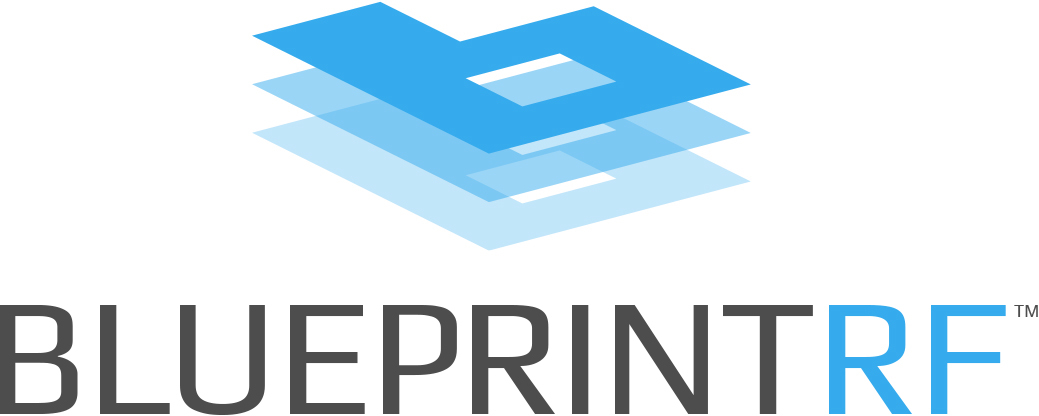Using Data to Build a Stronger Network
Providing quality WiFi access to guests remains one of the biggest challenges facing the hotel industry today. Data reveals that 84% of hotel guests say free WiFi is a key driver in their booking decisions. 65% of guests connect to the network within seven minutes of arrival.
As travelers continue to demand more from hotel WiFi networks, hoteliers need to ensure that all aspects of their services are consistently up to modern standards — even down to nuanced data and changes in speed. How, then, can hoteliers track this data?
The solution: guest WiFi analytics. In this blog, we define guest WiFi analytics, explain the diverse ways analytics can improve hotel performance, and explore a few case studies with practical examples of how guest WiFi analytics can work to a hotel’s advantage.
What are Guest WiFi Analytics?
The term “WiFi analytics” refers to the process of collecting, analyzing, and incorporating customer data from WiFi access points. Through analytics, business owners can analyze key performance indicators (KPIs) such as:
- Dwell time
- User locations
- Traffic patterns
- Demographic details
Guest WiFi analytics transforms raw data into actionable business intelligence. Hotels can now capture comprehensive insights, including guest movement patterns throughout the property, peak usage times by location, device preferences, return visitor rates, and behavioral trends that directly inform operational decisions.
With the hospitality industry leading the WiFi analytics market at 32.3% market share, these tools have become essential for competitive advantage.
Modern WiFi analytics platforms collect two distinct types of data:
- Authorized data from guests who actively log into the network (capturing personal details, preferences, and contact information).
- Presence data from devices detected by access points without requiring login (providing valuable foot traffic patterns and venue utilization metrics). This dual approach ensures comprehensive visibility into guest behavior while respecting privacy preferences.
How Can a WiFi Analytics Tool Improve Hotel Performance?
WiFi analytics can serve as an extremely powerful tool to improve hotel performance. Gaining insights into guest WiFi use can upgrade a hotel’s performance in two main ways:
- Network optimization and proactive issue resolution
- Personalizing guest experiences through data-driven insights
Below, we take a closer look at both.
Network Optimization and Proactive Issue Resolution
Guest expectations have escalated dramatically, with 92% citing strong WiFi connectivity as their top priority when booking accommodations. Modern networks must adapt continuously to evolving device capabilities, changing usage patterns, and fluctuating demand loads.
In order to continuously achieve top performance, WiFi networks are in constant need of maintenance. User devices, habits, and internet needs change over time; keep your systems updated to stay ahead of the game.
Beyond routine maintenance, hotels encounter unpredictable variables that can compromise performance. Unpredictable occurrences include:
- Unauthorized access attempts
- Interference from new construction or renovations
- Equipment failures
Using WiFi analytics, hotels can consistently monitor and adapt their networks. With access to so many measurable KPIs, performing a WiFi network health check is an intuitive step for your business.
Personalizing Guest Experiences Through Data-Driven Insights
Guest satisfaction drives every aspect of hospitality success, and WiFi preferences vary significantly across demographics and travel purposes. No one guest has the same WiFi needs — each person has a unique set of devices, applications, and services they’re looking to access through a network.
Business travelers, for example, prioritize high-speed Internet connectivity and VPN accessibility, while leisure guests value social media connectivity and photo sharing.
WiFi analytics transform these guest insights into actionable intelligence. Hotel technology teams can pinpoint peak usage zones and optimize bandwidth allocation based on demand patterns. For example, analytics might reveal that high WiFi usage around poolside areas require enhanced streaming capacity during afternoon hours. This targeted approach ensures optimal performance where and when guests need it most.
Location & Customer WiFi Analytics Use Cases in Hotels
The value of WiFi analytics depends on how hoteliers use them. Here are a few WiFi analytics use cases in hotels — each of which will improve network connectivity and guest experiences.
Using WiFi Analytics for Marketing
Access to hotel WiFi analytics allows hoteliers to gain a better idea of which customers most frequently use their WiFi. Using this information, hotels can develop targeted campaigns that resonate with specific guest segments.
With this data, hotel marketing teams can craft personalized promotions and tailor upsell offerings to align with the preferences of their most valuable customer demographics.
Recent industry data shows that business travel has fully recovered to pre-2020 levels, with leisure and bleisure (business leisure) travel continuing to drive growth. WiFi analytics confirm these trends, determining if a property mostly attracts bleisure (business-leisure) tourists, couples, families, or a different demographic entirely.
Once recorded, hotels can adapt their network and marketing appropriately. Hotels attracting families can incorporate and advertise faster streaming options for movie nights, while more bleisure-driven properties can incorporate and market high-bandwidth networks ripe for group meetings.
Analytics also reveal optimal timing for promotional campaigns, such as targeting business travelers with premium connectivity offers during weekday check-ins. Whatever the case, guest WiFi analytics serve as a boon to marketing and network development.
Increasing and Measuring Customer Satisfaction
WiFi analytics provide valuable quantitative insights, but combining this data with direct guest feedback creates a comprehensive view of the network experience. Sending out post-stay surveys to guests gives them a chance to communicate any issues they had with a network, such as slow-down or missed connections.
From there, hotels can look at the data, determine why these issues occurred, work to address them, and test these solutions using new data. Once solutions are implemented, hoteliers can track if feedback becomes more positive, continuously increasing customer satisfaction as time goes on.
Hotels can also include questions within surveys to find even more ways to excite and entice future guests. Modern guests expect personalized experiences, with 73% of consumers willing to share data in exchange for customized service offerings. Hotels can offer premium internet streaming as part of their loyalty programs — further increasing satisfaction using their network.
Monitoring Bandwidth Performance
Network bandwidth is integral to WiFi network performance — without the proper bandwidth to support a property, users will face massive slowdown as they try to log on to online services.
Using analytics, hotels can monitor slowdown and determine if/when they will need to update bandwidth. Some networks may need a higher-volume bandwidth immediately; others may need to prepare for a period of increased visitors or hotel growth. Analytics can also identify specific times and locations where bandwidth usage peaks, which enables hotels to optimize their infrastructure investments for maximum impact. Regardless of the reason, analytics inform how a network’s bandwidth performs and how to improve it.
Next-generation WiFi platforms — such as our solution for guest WiFi, DG2 — offer flexible bandwidth distribution, interspersing bandwidth based on usage and evenly when hotels are full. Such distribution is only made possible through leveraging data integration provided by WiFi analytics.
Integrating Guest WiFi Analytics with Hotel Management Systems
Modern WiFi analytics platforms function as powerful data bridges that seamlessly connect with your existing hotel technology infrastructure. Rather than operating in isolation, these systems create a unified ecosystem where guest network behavior directly informs operational decisions across all departments.
Property Management System (PMS) integration enables automatic guest profile enrichment with WiFi usage patterns, device preferences, and location data. When a guest checks in, the PMS can instantly access their connectivity history to pre-configure optimal network settings or upgrade them to premium bandwidth based on their previous usage patterns.
Guest WiFi login data automatically populates your CRM system with contact information and visit patterns. This turns anonymous network users into marketing opportunities. You can send targeted email campaigns, enroll guests in loyalty programs, or deliver personalized promotions based on their actual property usage rather than guesswork.
Additionally, WiFi analytics help revenue managers make better pricing decisions by showing real guest movement patterns and demand intensity. The data reveals which amenities guests actually use most and enables hoteliers to price packages more effectively and identify new revenue opportunities.
Most WiFi analytics platforms connect to popular hotel software through pre-built integrations. API-based integration ensures real-time data synchronization across all platforms without requiring staff intervention. These connections sync data automatically in real-time without requiring IT expertise or staff training, and implementation typically takes 24-48 hours.
The bottom line: integrated WiFi analytics eliminate guesswork about guest preferences. Your front desk, marketing, and revenue teams all work from the same accurate data about what guests actually do on your property. This leads to better guest experiences, more targeted marketing, and improved revenue across all departments.
Gain a Comprehensive WiFi Analytics Dashboard with BlueprintRF
Altogether, guest WiFi analytics are a great addition. Analytics can inform decisions both in and around a hotel’s network — determining both network-level improvements and ways to cater and market WiFi experiences to guests.
Looking to implement WiFi analytics on your property? BlueprintRF offers a comprehensive WiFi dashboard solution, built to forecast the specific needs of your hotel and leveraging our next-generation DG2 server technology. Contact us today to get started.








